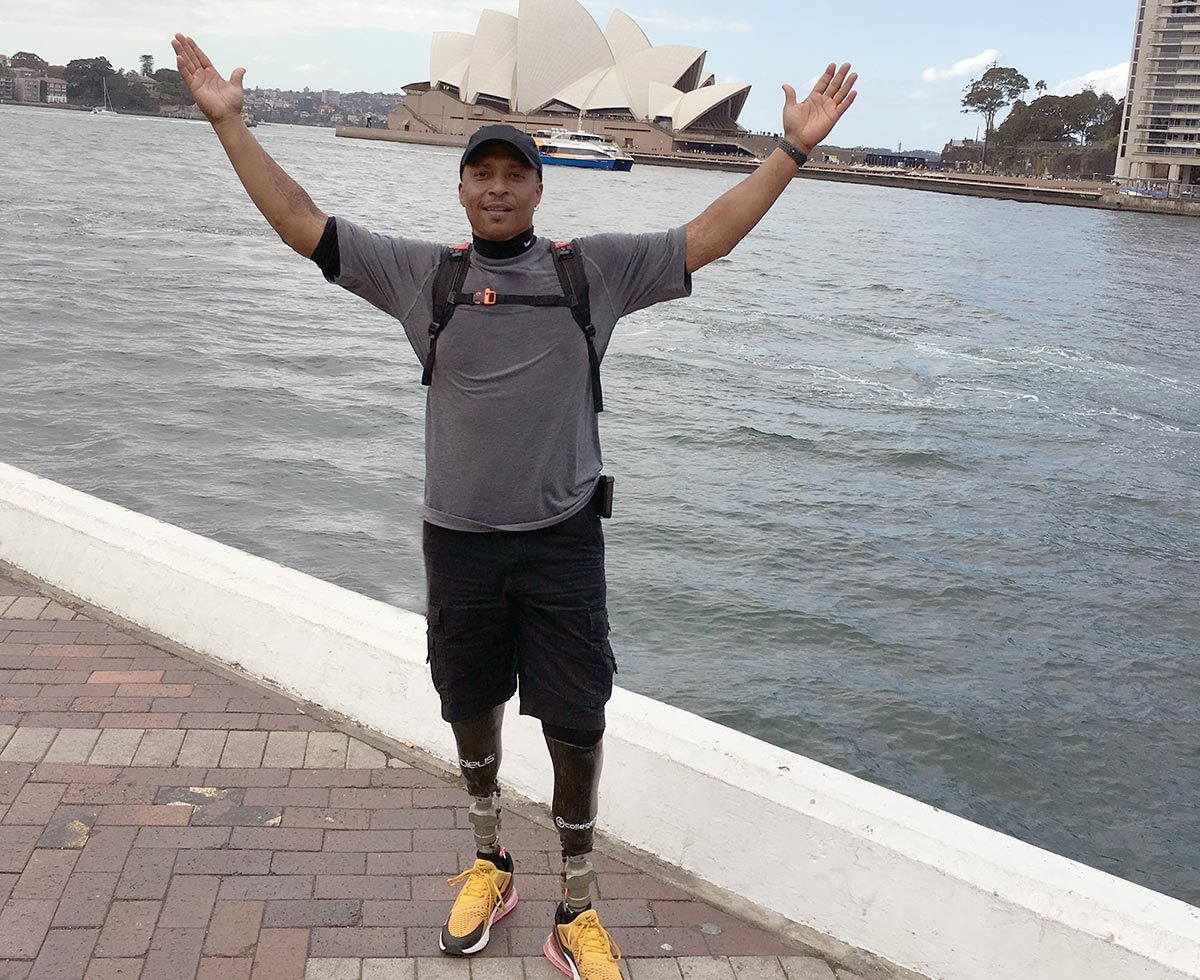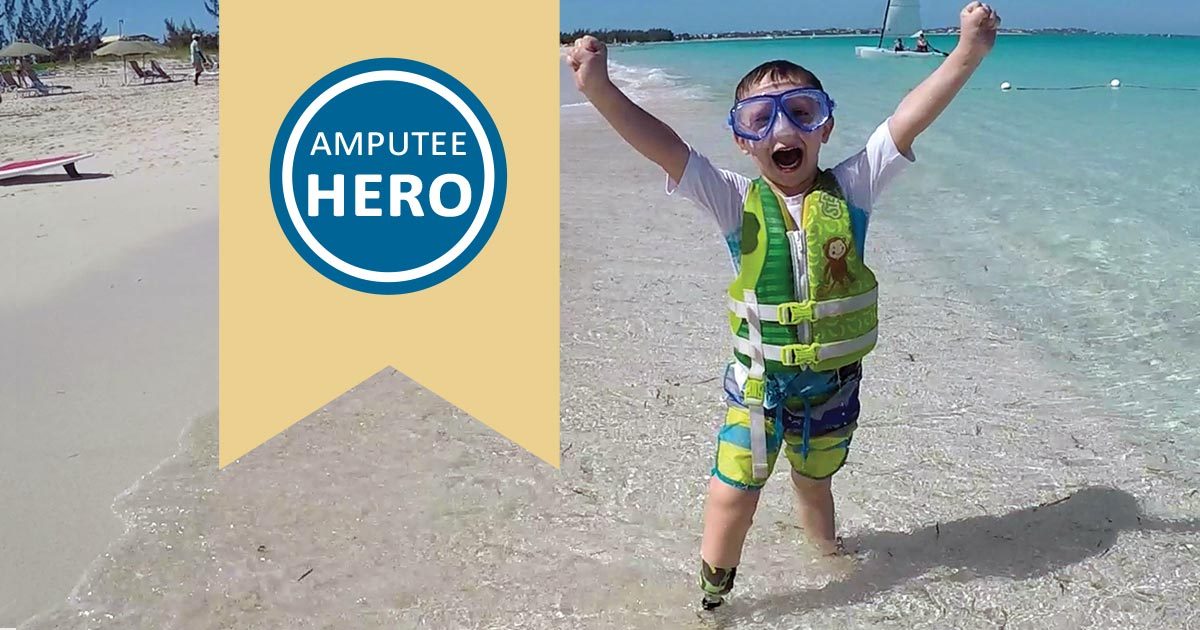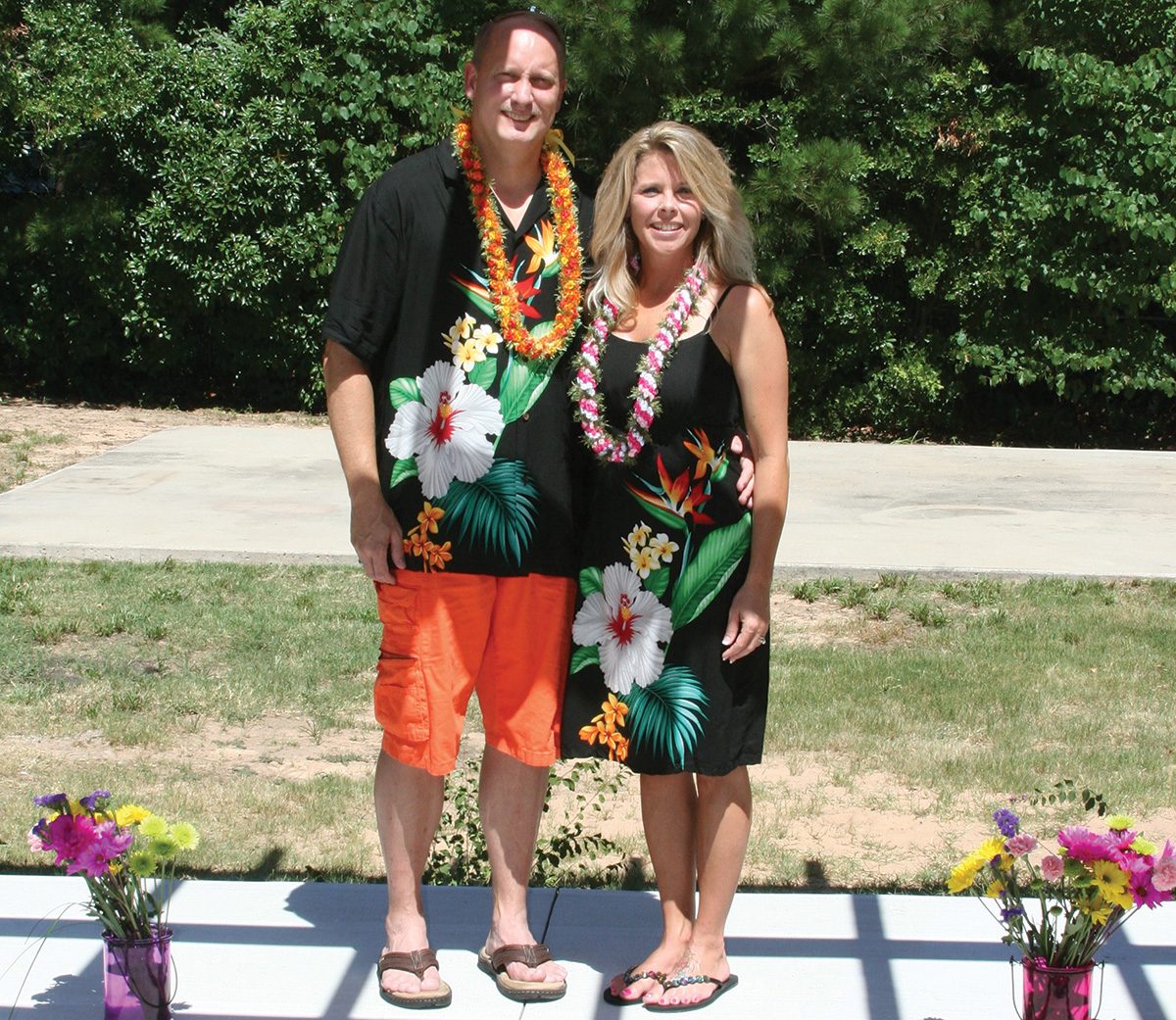Volume 15 · Issue 1 · May/June 2005 –
by Douglas G. Smith, MD –
In discussing amputations of the lower limb, we’ve noted that each level has its own specific characteristics and challenges. The higher we move up the leg, the more joints are affected. A transtibial amputation involves the loss of the foot and one major joint, the ankle, while the transfemoral amputation involves the loss of two major joints, the knee and the ankle. Because transfemoral amputees are learning to cope with the loss of two major weight-bearing joints while transtibial amputees are learning to cope with the loss of only one, transfemoral amputees face more challenges learning to use a prosthesis and learning to walk again.
Higher Challenges – The Hip Disarticulation and Transpelvic Amputation Levels, Part 2
Volume 15 · Issue 1 · March/April 2005 –
by Douglas G. Smith, MD –
Age is a major factor in recovery and rehabilitation following any amputation, but its significance increases with each higher amputation level. For lower-limb amputees, the age factor can be most dramatic when the amputation is at the hip or pelvis. Generally, the younger people are when they have one of these high-level amputations, the more quickly and naturally they adjust and adapt. Those born with a limb difference often perform remarkably well with the only body they’ve ever known. The congenital limb difference is, in a sense, normal for them. Likewise, very young children adapt after the loss and incorporate the change into their patterns of learning, balance and endurance. However, these high amputation levels are a challenge for teens, a struggle for young adults, and a big battle for older adults.
Living Free
For many people, asking for help can be hard to do. It requires facing the reality of missing a limb, which can lead to difficult emotions like shame, grief and self-doubt. Accepting help can also fuel fears of becoming a burden, or losing your independence. But a visit from a peer visitor or another amputee can not only ease these fears, but it can also help you find the answers to questions you’re not even ready to ask yet.
Mirror Therapy
inMotion · Volume 20 · Issue 6 · November/December 2010 –
by Beth D. Darnall, PHD –
Phantom pain is often a chronic, debilitating condition that affects about 80 percent of people following limb loss.
Clear the Way by Clearing the Air
Volume 23, Issue 6 | November/December 2013, Page 14 | by Debra Kerper | These suggestions and possible solutions may help reduce your anxiety when you are invited to stay with family and friends, during the upcoming holidays or anytime.
Avoid the Holiday Trap: How to maintain a HEALTHY routine over the holiday season
Volume 28, Issue 6 | November/December 2018, Page 32 | by Trevor Bunch | You may find yourself struggling to maintain healthy routines around the holidays. With family events and parties in abundance, eating right and exercising tend to fall by the wayside. Let’s make this year different!
Keep on Trekking
Volume 28, Issue 5 | September/October 2018, Page 26 | by Laura Simpson | The trek began in 300 B.C. in Capua, Italy – the year of the first documented prosthetic leg. Since then, there have been hundreds of medical and technological advancements to help those living with limb loss.
You Think Disability Can Stop This Kid? You Don’t Know Jack!
Volume 28, Issue 5 | September/October 2018, Page 11 | by Karin Williamson | When we were 20 weeks pregnant with our second child, a routine ultrasound found that the baby was missing his fibula bone and his right leg was 30 percent shorter than the left.
An Unusual Fit
Volume 28, Issue 5 | September/October 2018, Page 40 | by Tony Phillips | Stephen Miller, a certified prosthetist and orthotist at Hanger Clinic in Savannah, Georgia, is part of the subset of specialists in his field who can actually wear his own products.







